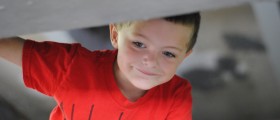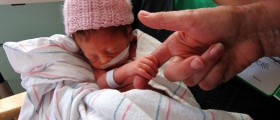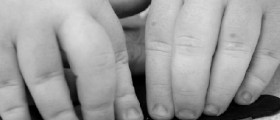
Dyspraxia
Dyspraxia is a disorder that influences coordination and movement. Research indicates it is a distortion of messages sent from brain to body. It is as disability to plan smooth and coordinated movements. It results in problems with thought, perception, communication, leads to lack of coordination and clumsiness. Symptoms appear in an early age.
Recent study in UK included 7000 children age 7 to 8 and used a strict criteria for the condition diagnose. Results show that almost 2 in every 100 children may have dyspraxia.
Dyspraxia appears to be more common in boys. It is known to run in families but can manifest along with ADHD (attention deficit hyperactivity disorder and dyslexia (learning difficulty linked with reading and writing).
Dyspraxia affects learning ability, it does not influence the intelligence in children. The children affected may need additional help at school to keep up with their classmates.
Although there is no known cure for this condition, various therapies can educate a child to live with this condition. Occupational therapy helps with everyday tasks and encourages independence. Language and speech therapies work on improving speech and communications.
Children who have displayed mild symptoms may lose them with age. Unfortunately in 9 out of 10 cases dyspraxia persists through teen age andadulthood.
Development problems
Early indications of dyspraxia include slower reaction in actions like sitting, standing, walking, rolling over, and speech.
Children with Dyspraxia can have problems with playground games that include complex movement like running, jumping, hopping, ball kicking. They may also have issues with concentrating, processing thought. Further movement coordination problems include handwriting, puzzle solving, using tools, going up or down the stairs, getting dressed or keeping still, dropping objects, falling, bumping into objects. All these symptoms make it harder for them to adapt to their surroundings.
Concentration and learning problems may include short attention span, copying from blackboard and writing stories. Children affected progress better in one on one teaching than in groups and need encouragement and repetition to accept new skills.
As the child develops, the Dyspraxia symptoms can affects them in various ways. Their muscle movement problems can lead to attempts of avoiding activities they are not good at, getting bullied, getting tired faster since they use more energy on movement than other children.
All these symptoms can cause a child to develop low self esteem, therefore require a lot of support and understanding for building strong character.

















Your thoughts on this
Loading...